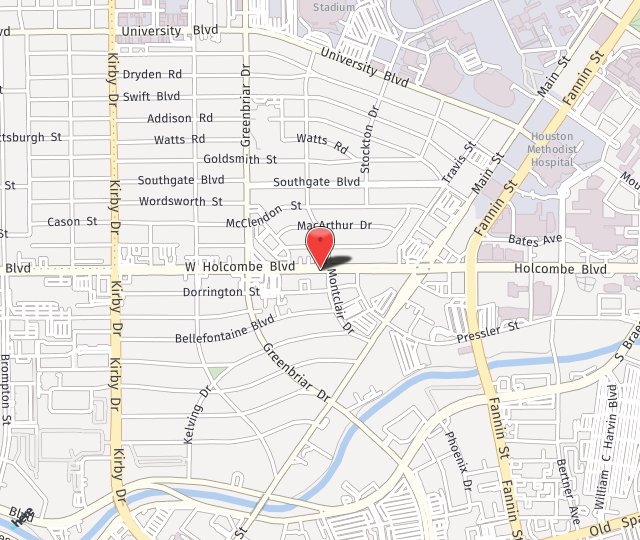
The planning phase of the dental implant process is the most important as it maps out the plan for your treatment. During your appointment, your dentist will do a 3D scan of your mouth, do a thorough examination of your mouth and talk to you about your goals.
The damaged tooth will need to be removed before the implant post is placed in the jawbone. Once the area is healed, a screw-like implant post made of biocompatible titanium will be placed directly into the jawbone to replace the tooth.
Over the next several months, the implant will fuse with your jawbone to form a strong, durable base for the replacement crown. This process is called osseointegration. A temporary tooth may be placed for aesthetic reasons.
Once osseointegration is complete, the dentist will attach a small end piece, or abutment, on top of the post, where it will connect your crown to the post. This process is used for implant-supported bridges or dentures to serve multiple teeth. After the abutment is placed, your custom-made artificial crown or other prosthetic will be attached to the abutment.
The entire process does involve some recovery time. While some patients don’t experience pain, you may experience minor discomfort for several days that can be relieved with pain medications and antibiotics if necessary. Once you’re healed, you will care for your replacement crown as you would your natural teeth. Brush and floss daily and see your dentist for regular check-ups and your dental implants can last for decades.
To learn more about the dental implant process and the implant treatment options that would be best for your needs, call 713-425-1302 for a consultation with Dr. Konig.

